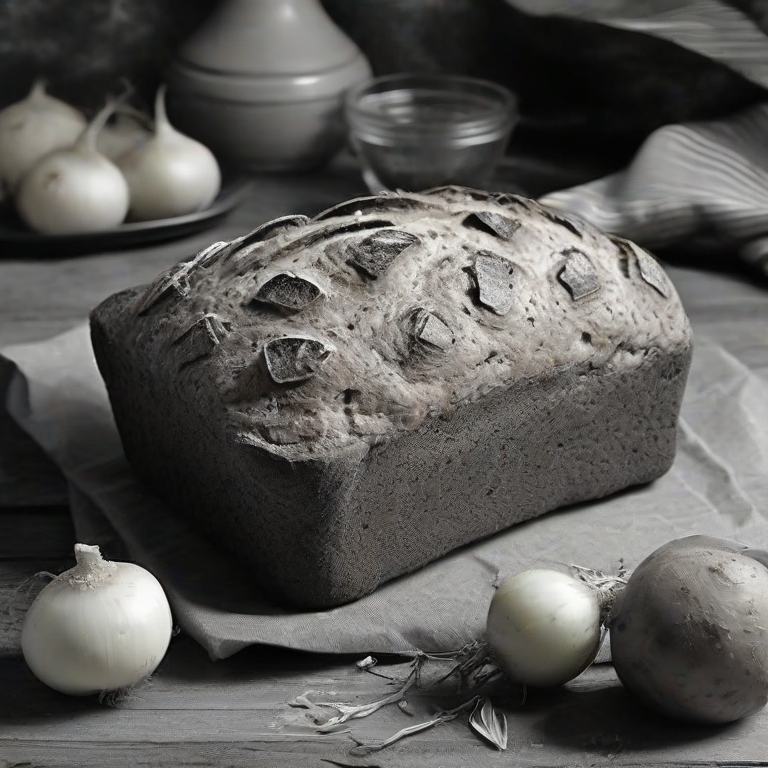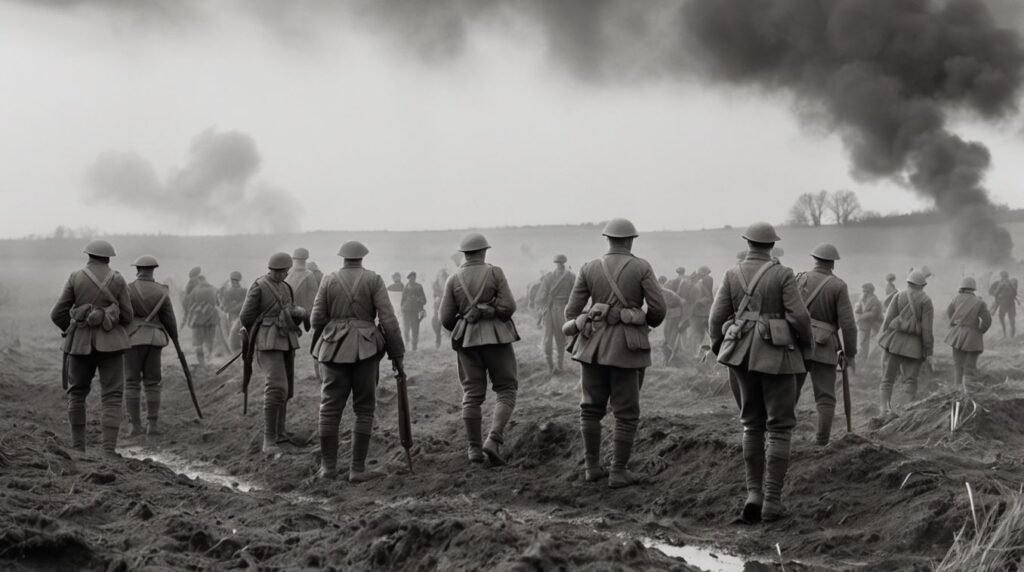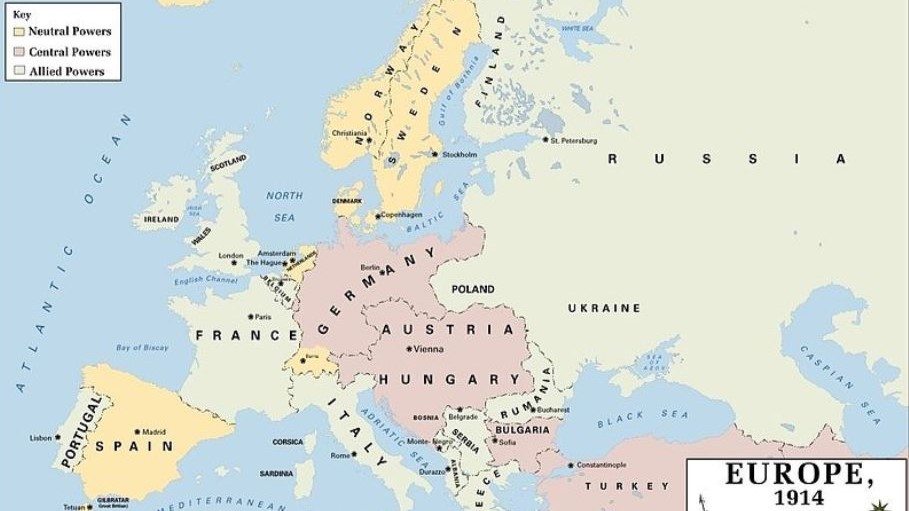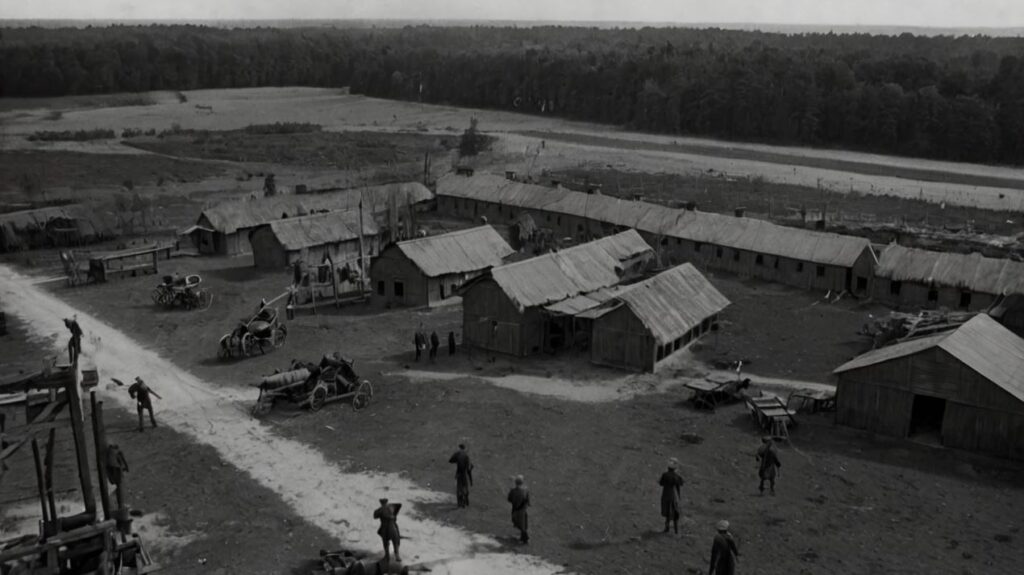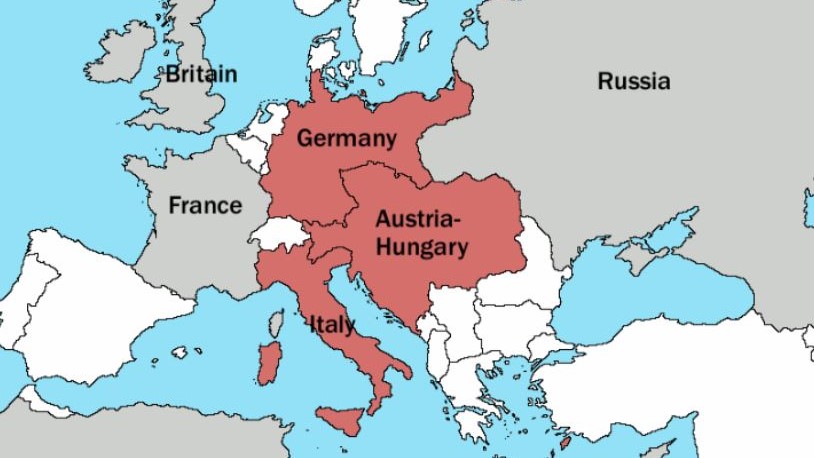Why did Germany experience a turnip winter in World War 1? Scarce resources and food shortages forced Germans to rely on turnips.
In this article, we examine the wartime conditions, shedding light on the resilience of a German civilian population during the turmoil of World War 1.
Background on WWI and the Allied Blockade
The British naval blockade during World War I, sought to cut off Germany’s access to essential resources.
Initiated in 1914, this economic warfare aimed to undermine Germany’s ability to sustain its military and civilian populations. The blockade targeted various goods. Its most poignant impact was felt in the scarcity of food, causing a ripple effect across the German populace.
The blockade’s repercussions were acutely felt in Germany, where the once bountiful shelves now echoed with emptiness.
With supply routes severed, the nation grappled with acute shortages of staples like wheat, meat, and dairy. As households faced the grim reality of rationing, an unexpected savior emerged – the turnip.
In the face of adversity, the resourceful German people turned to the humble turnip as a substitute for the foods they sorely missed.
As the blockade persisted, the turnip’s prominence in German cuisine grew. The turnip, once a symbol of hardship, become a symbol of resilience.
1916-1917 Turnip Winter: A Desperate Battle for Sustenance
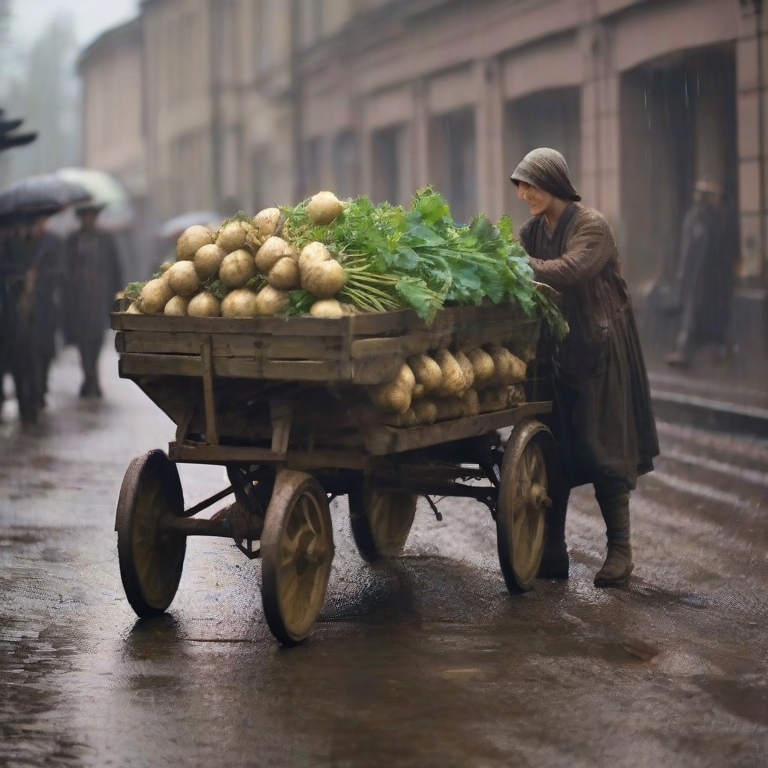
The turning point for Germany came not on the battlefield but in the struggle for survival during what would be remembered as the “Turnip Winter” of 1916-1917.
As imports were severed by the Allied blockade, a dire chapter unfolded in German history. The civilian population in Germany was grappling with scarcity, malnutrition, and disease. This led to the somber toll of countless lives lost.
Coined the “Turnip Winter,” this period saw the turnip emerge as the central figure on German dinner tables. Turnips and rutabagas, hardy and resilient, became the primary sources of sustenance for a nation deprived of its usual dietary staples.
As families faced a harsh reality of limited options, they turned to turnips for sustenance. They created innovative recipes to stretch this humble vegetable as far as possible. However, the overreliance on turnips as the main available food source had severe consequences.
Malnutrition and Disease: The Silent Aggressors
While turnips provided a means of survival, they could not replace the nutritional diversity that the blockade had stripped away.
The German population, forced into a monotonous turnip-centric diet, faced severe malnutrition. The lack of essential nutrients took a toll on health. Individuals became susceptible to diseases that spread rampantly in crowded living conditions.
The result was a significant increase in civilian deaths, especially among the vulnerable, including the elderly and children. The Turnip Winter, while a testament to resilience, became a haunting chapter marked by the shadows of loss and despair.
Beyond Survival: The End of the Turnip Winter
As the war drew to a close and the blockade lifted, the Turnip Winter slowly receded into history. The scars it left on the German nation were profound, yet it also symbolized the indomitable spirit of a people who, against all odds, had survived on the most basic of sustenance – the turnip.
The Turnip Winter stands as a poignant reminder of the sacrifices made by a population caught in the crossfire of global conflict. War is not just fought on the battlefield. It is also fought at home against silent battles against malnutrition and disease. Survival meant finding sustenance in the unlikeliest of places.
Reasons for the Turnip Winter
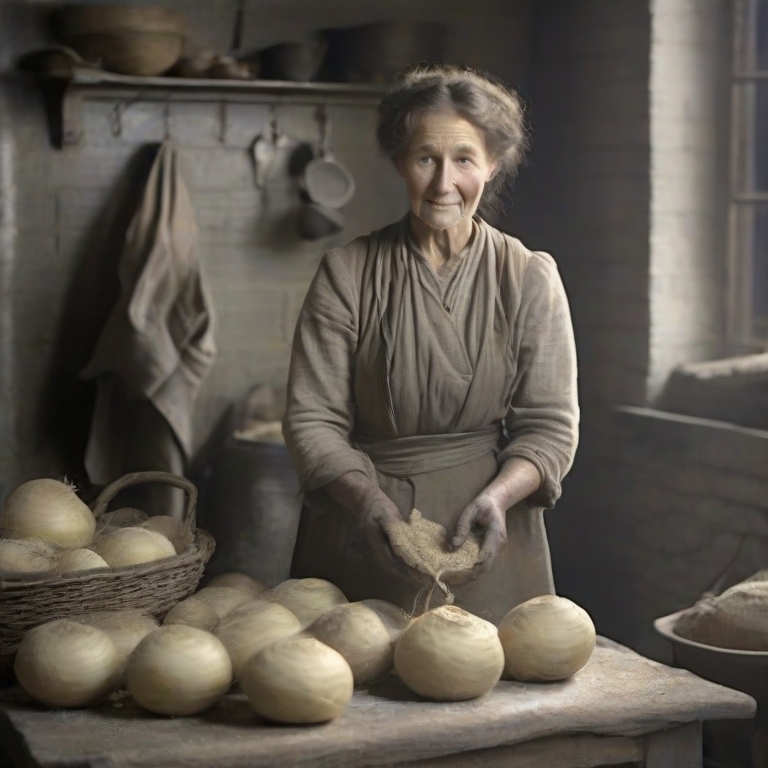
The Turnip Winter of 1916-1917 did not unfold in isolation; it was the culmination of a complex web of factors that plunged Germany into a dire struggle for sustenance, from poor harvests, wartime requisitions, labor shortages, and the unyielding blockade.
1. Poor Potato and Grain Harvests: Nature’s Cruel Hand
The initial blow to Germany’s food security came with the cruel twist of nature.
In 1916, the country experienced dismal harvests of key staples, particularly potatoes and grains.
Adverse weather conditions and agricultural disruptions brought about by the war itself conspired to diminish yields. This scarcity laid the groundwork for a nutritional crisis, leaving the population vulnerable and reliant on whatever meager resources could be salvaged.
2. Wartime Requisitions: The Toll on Livestock and Fertilizers
As the war machine demanded an ever-increasing share of resources, livestock and fertilizers, vital for sustaining agricultural productivity, were requisitioned for the war effort.
The once-productive farms now found themselves stripped of essential components. This left fields fallow and reducing the capacity to cultivate diverse crops.
The repercussions of diverting these resources to the front lines reverberated through the German countryside, exacerbating the challenges posed by poor harvests.
3. Labor Shortages: The Farming Front Unmanned
The men who traditionally tilled the fields were called away to the front lines, leaving a void on the farming front.
The exodus of able-bodied workers for military service resulted in labor shortages that hindered the cultivation and harvesting of crops. Farms, once humming with activity, now languished in a state of neglect, further compounding the agricultural crisis and setting the stage for a winter of scarcity.
4. Blockade: The Chokehold on Imports
The unrelenting Allied blockade, which cut off Germany from the outside world.
With supply routes severed, the nation found itself isolated and unable to import the goods and foodstuffs it desperately needed.
The blockade was a strategic move to weaken Germany’s war machine. It inadvertently pushed the civilian population to the brink of survival. They had to rely on whatever local resources remained, primarily the humble turnip.
The Perfect Storm of Deprivation
The Turnip Winter of 1916-1917 was not a singular event but rather the result of a confluence of adverse circumstances.
Poor harvests, wartime requisitions, labor shortages, and the merciless blockade created a perfect storm, subjecting the German populace to a season of unprecedented scarcity.
The legacy of the Turnip Winter endures as a stark reminder of the intricate connections between war, agriculture, and the delicate balance upon which a nation’s sustenance teeters in times of global conflict.
Impact and Legacy: The Turnip Winter’s Resonance in History
The impact of the Turnip Winter reveals a tapestry of consequences that ranged from domestic hardship and calls for peace to unexpected contributions to military strategy and, later, a complex role in shaping wartime propaganda.
1. Domestic Misery and Calls for Peace
The scarcity of essential resources, coupled with the visible toll on public health, contributed significantly to a growing sentiment within Germany – a sentiment that sought an end to the war.
The privations of the Turnip Winter fueled calls for peace, as citizens yearned for relief from the hardships imposed by the war and the blockade.
2. Motivating the 1918 German Spring Offensive
Paradoxically, the challenges posed by the Turnip Winter played an unexpected role in shaping Germany’s military strategy.
The desperation born out of scarcity fueled a determination among German forces to break the stalemate on the Western Front.
This resolve manifested in the 1918 German Spring Offensive, a series of offensives aimed at securing a decisive victory before the increasing pressure of Allied reinforcements could turn the tide definitively against Germany. The Turnip Winter, while emblematic of civilian suffering, inadvertently contributed to a pivotal moment in the waning days of World War I.
3. Wartime Propaganda: The Turnip as a Symbol of Victimhood
In the aftermath of the war, the Turnip Winter took on a new role in the realm of propaganda.
The scarcity endured during those bitter months became a narrative of victimhood for Germany.
Post-war propaganda efforts employed the imagery of the humble turnip, casting it as a symbol of resilience in the face of adversity.
The portrayal of the Turnip Winter in propaganda aimed to evoke sympathy on the international stage, framing Germany as a nation that had endured not only the ravages of war but also the hardships of a harsh winter without succumbing to defeat.

